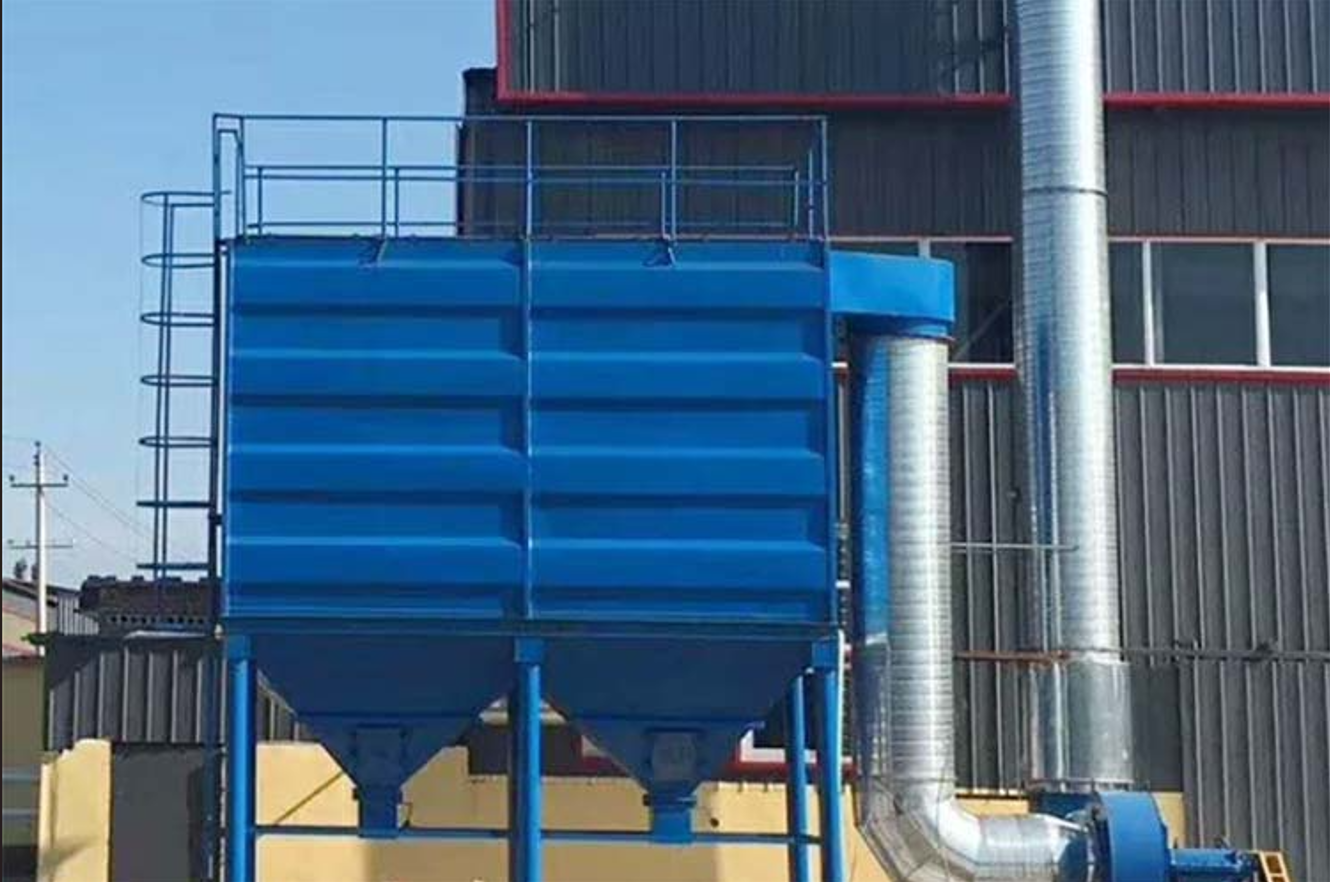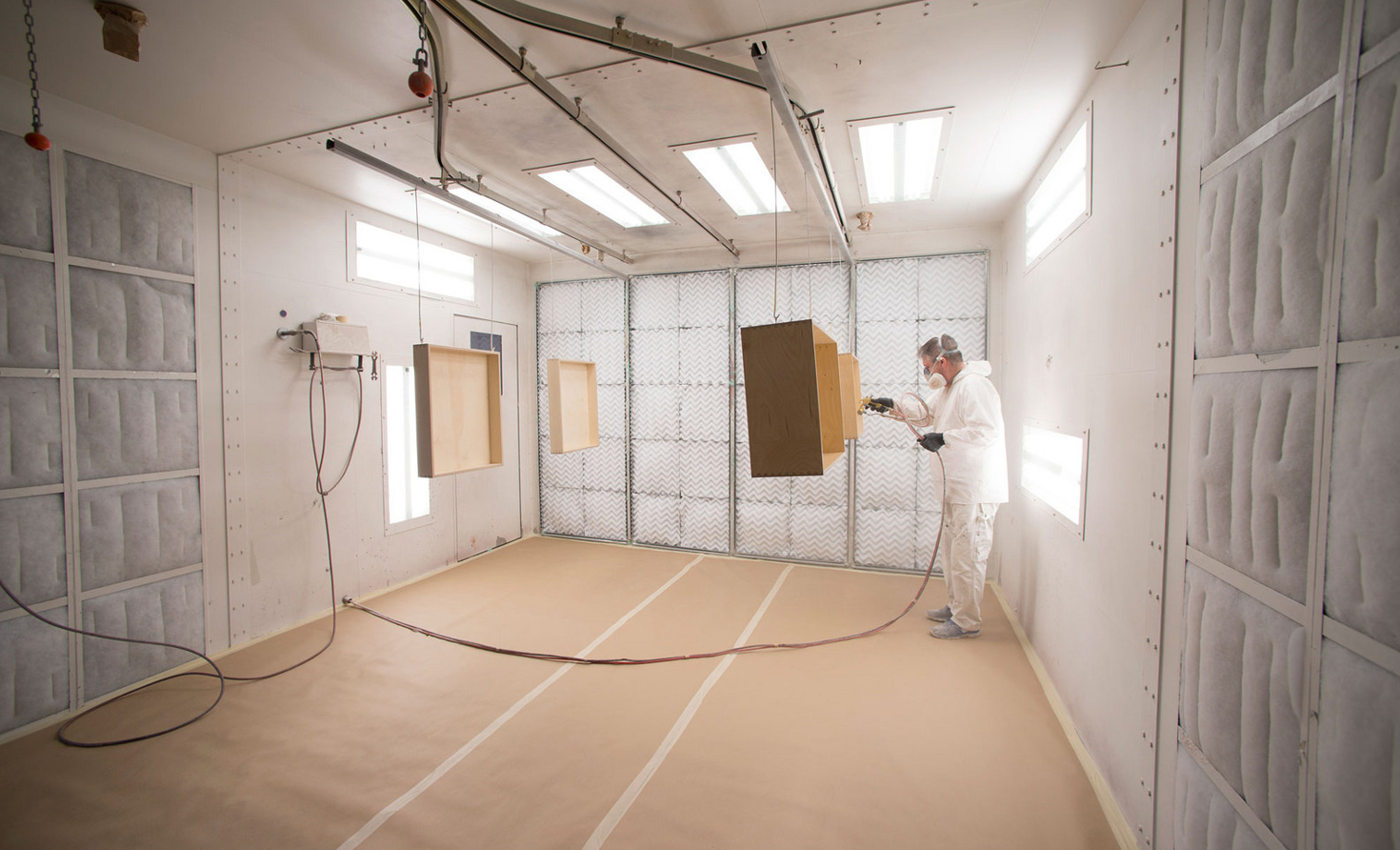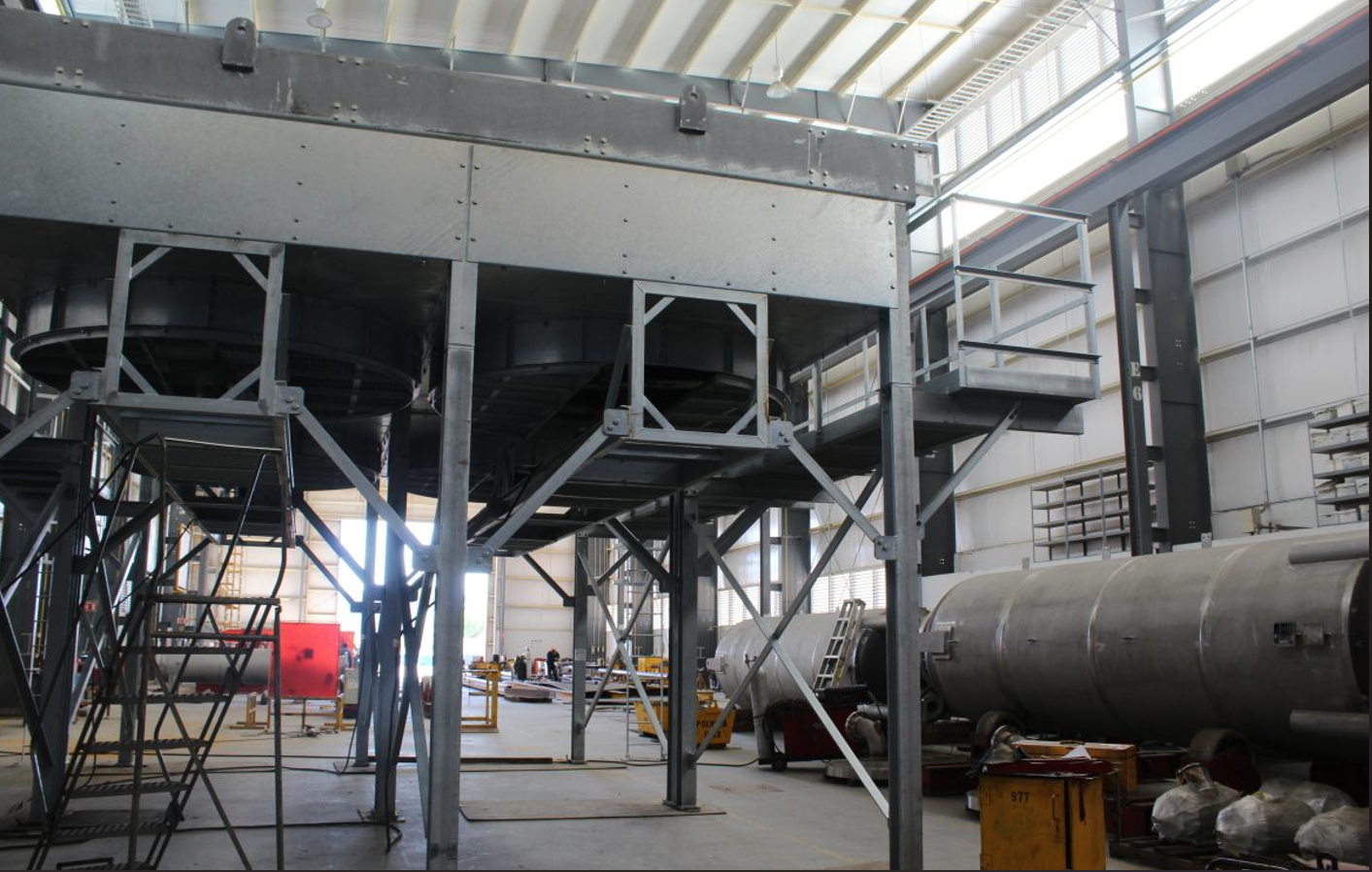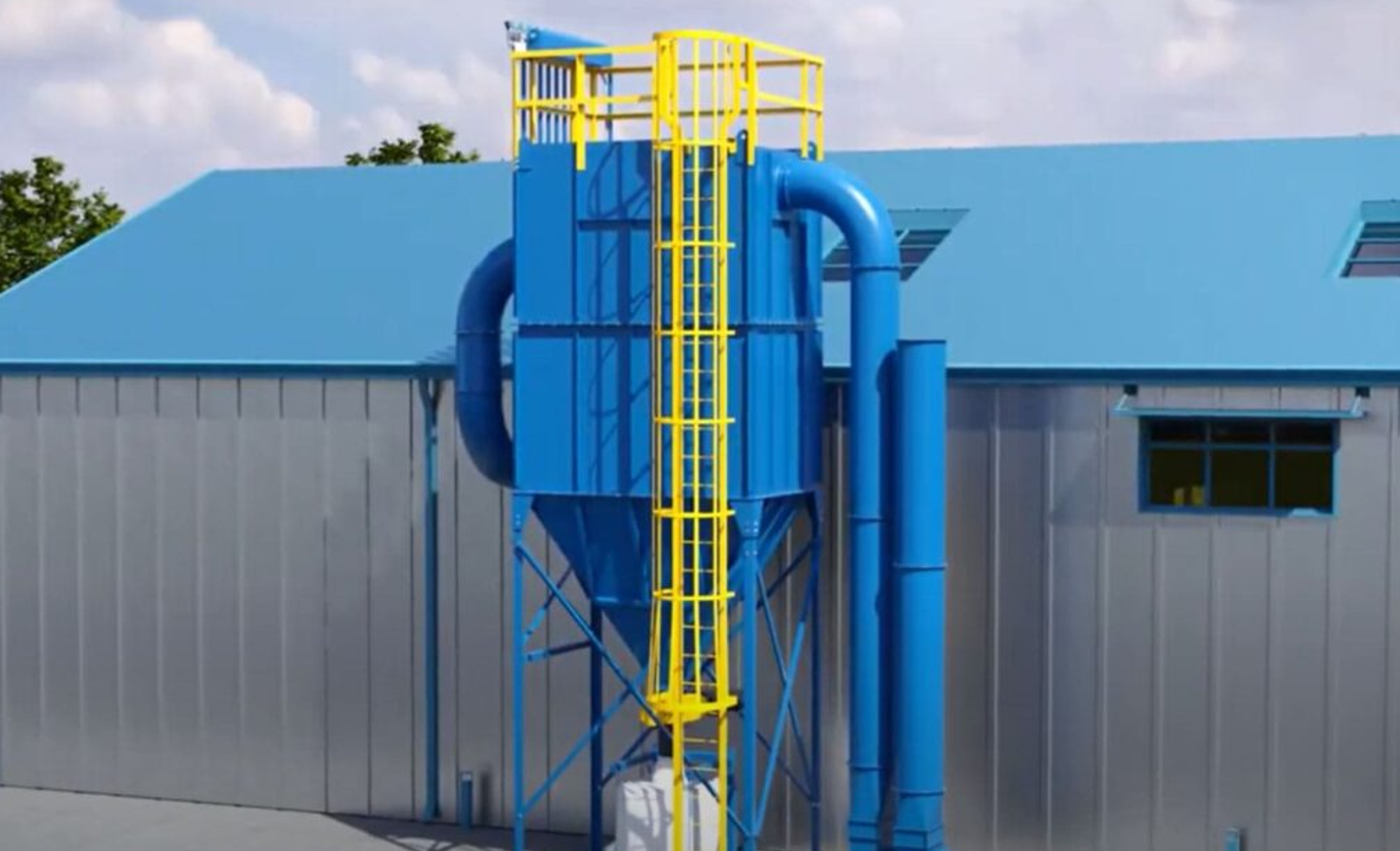When running an industrial facility, air quality and equipment performance go hand in hand. One of the most essential systems that ensures cleaner air and a safer work environment is the baghouse dust collector. But like any other machinery, it can face challenges that impact its efficiency. If you're noticing unusual pressure drops, excessive dust, or weak airflow, you're not alone. Let's break down some of the most common issues and how to troubleshoot them—clearly and.
Understanding the Role of a Baghouse Dust Collector
Before we get into problem-solving, it’s essential to understand the basics. A dust collector, especially a baghouse type, filters dust-laden air through fabric filter bags. These bags trap dust on the outside while clean air flows out. Over time, problems can arise due to wear, poor maintenance, or environmental conditions.
Common Baghouse Dust Collector Issues and Solutions
1. Weak Suction or Poor Airflow
Cause:
- Clogged filters
- Obstructed ductwork
- Overfilled dust bins
Solution:
- Check and clean filters regularly
- Inspect ducts for blockages
- Empty dust bins before they reach capacity
- If your operations demand it, consider upgrading to a cyclone dust collector as a pre-filter for larger particles
2. Excessive Pressure Drop Across Filters
Cause:
- Filters are overloaded with dust
- The pulse cleaning system is not working properly
Solution:
- Monitor pressure differential and replace filters if needed
- Check compressed air supply to ensure cleaning cycles are working
- Ensure pulse valves are opening correctly
3. Filter Bags Tearing or Wearing Out Quickly
Cause:
- Abrasive dust
- Improper bag installation
- Excessive airflow velocity
Solution:
- Use filter media suited for the type of dust handled
- Train staff on correct filter installation techniques
- Evaluate system airflow and adjust fan settings if needed
4. Dust Emission from Exhaust Stack
Cause:
- Broken or improperly seated filter bags
- Leaks in the clean air plenum
Solution:
- Inspect bags for tears or loose fittings
- Seal any gaps or holes in the system
- Replace damaged gaskets or seals
5. Frequent Maintenance Downtime
Cause:
- Poor design or system overload
- Manual systems lacking automation
Solution:
- Upgrade to a more efficient model or improve system layout
- For smaller operations, consider a reliable manual dust collector that allows better control and easy maintenance
Tips for Preventive Maintenance
Keeping your dust collection system healthy is all about regular upkeep. Here are a few simple habits to avoid major issues:
- Inspect filters weekly for visible dust buildup or wear
- Record pressure differentials to catch problems early
- Clean pulse valves and test them periodically
- Check gaskets and seals to ensure there are no air leaks
- Keep a maintenance logbook to track issues and actions
When to Call a Professional
Sometimes the problem goes beyond what routine checks can solve. If your facility faces constant system failures, recurring dust emissions, or unbalanced airflow, it’s time to bring in a professional. A system audit can help identify design flaws or inefficiencies you might not notice during daily operations.



